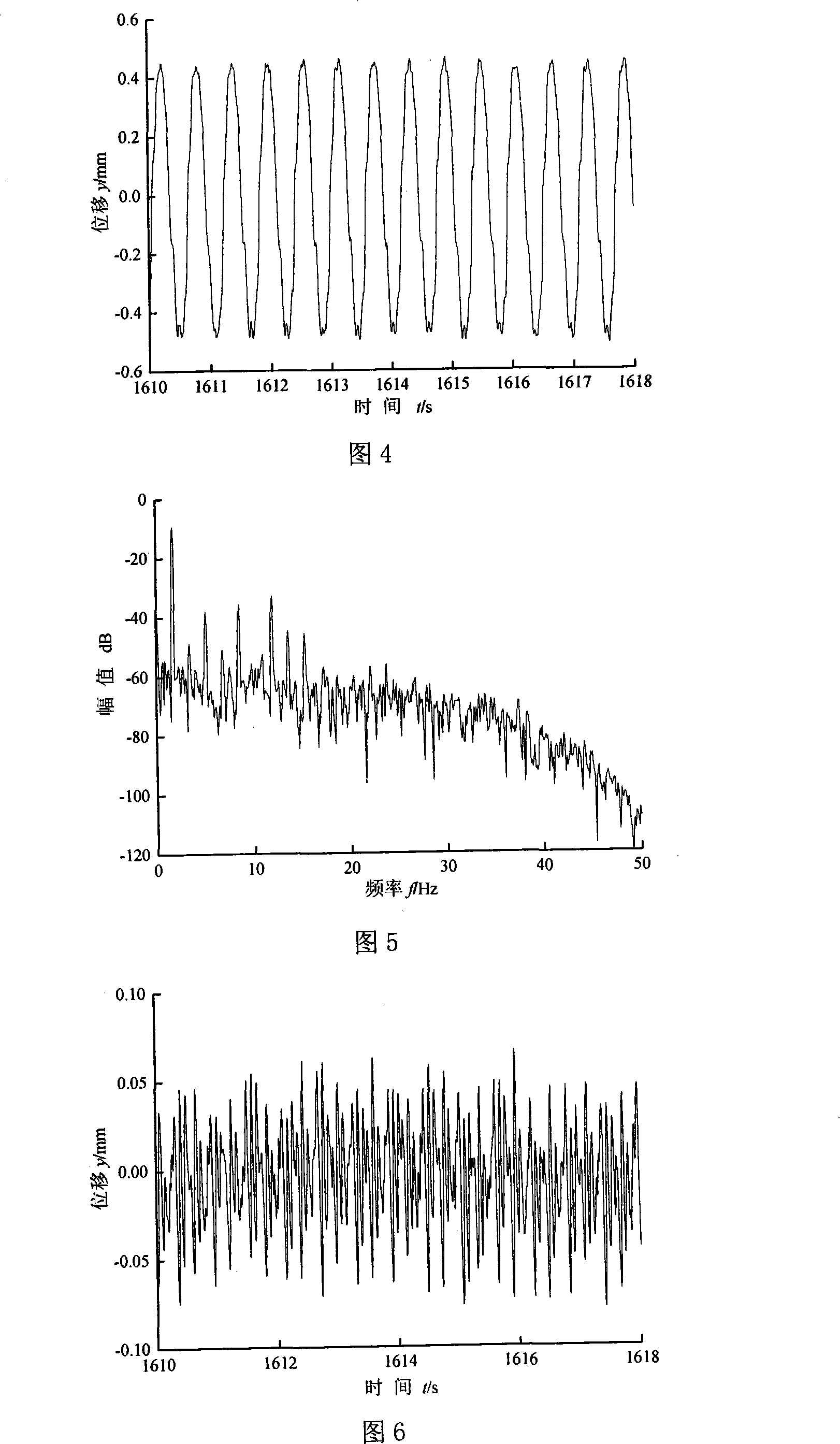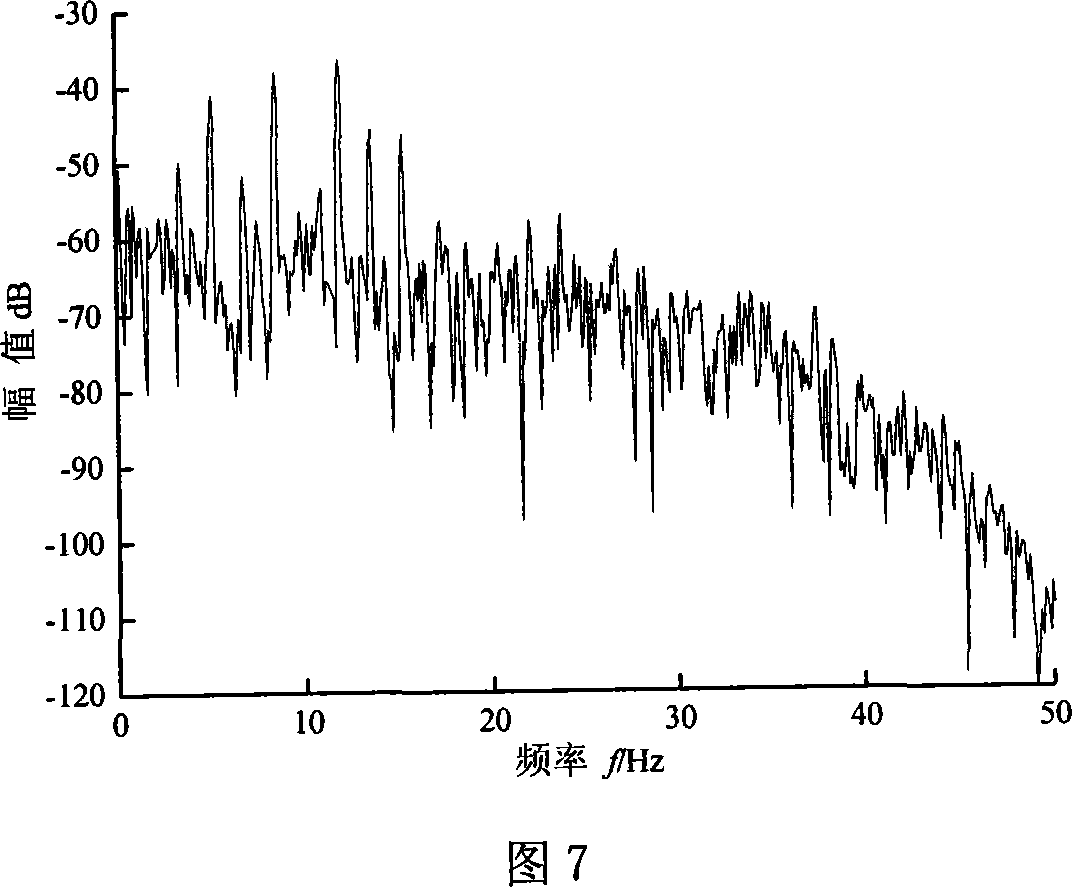Six-freedom parallel robot decoupling method
A degree of freedom and robot technology, applied in manipulators, program-controlled manipulators, manufacturing tools, etc., can solve problems such as large amount of calculation, poor robustness, instability, etc., to achieve improved control effects, improved control accuracy, and high real-time performance Effect
- Summary
- Abstract
- Description
- Claims
- Application Information
AI Technical Summary
Problems solved by technology
Method used
Image
Examples
Embodiment Construction
[0023] The present invention is described in more detail below in conjunction with accompanying drawing example:
[0024] The input signal of the six-degree-of-freedom parallel robot is the attitude signal. After the kinematics inverse solution, the expansion and contraction of the actuator is obtained, and then the control action of the six-degree-of-freedom parallel robot is obtained after the action of the controller to drive the six-degree-of-freedom parallel robot. Movement realizes the displacement closed loop of the actuator. The actual displacement and expansion of the actuator of the six-degree-of-freedom parallel robot is obtained through the positive kinematics solution to obtain the actual attitude feedback of the six-degree-of-freedom parallel robot.
[0025] Combining with Figure 1, the specific steps of the decoupling implementation method of the six-freedom parallel robot are:
[0026] 1. The sinusoidal signal generator 1 of the six-degree-of-freedom parallel ...
PUM
 Login to View More
Login to View More Abstract
Description
Claims
Application Information
 Login to View More
Login to View More - R&D
- Intellectual Property
- Life Sciences
- Materials
- Tech Scout
- Unparalleled Data Quality
- Higher Quality Content
- 60% Fewer Hallucinations
Browse by: Latest US Patents, China's latest patents, Technical Efficacy Thesaurus, Application Domain, Technology Topic, Popular Technical Reports.
© 2025 PatSnap. All rights reserved.Legal|Privacy policy|Modern Slavery Act Transparency Statement|Sitemap|About US| Contact US: help@patsnap.com



